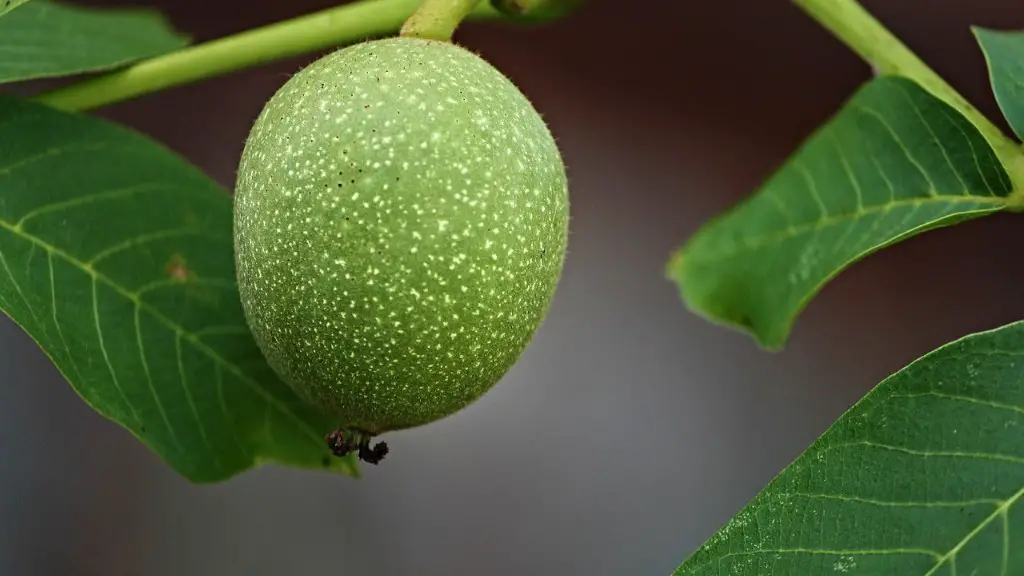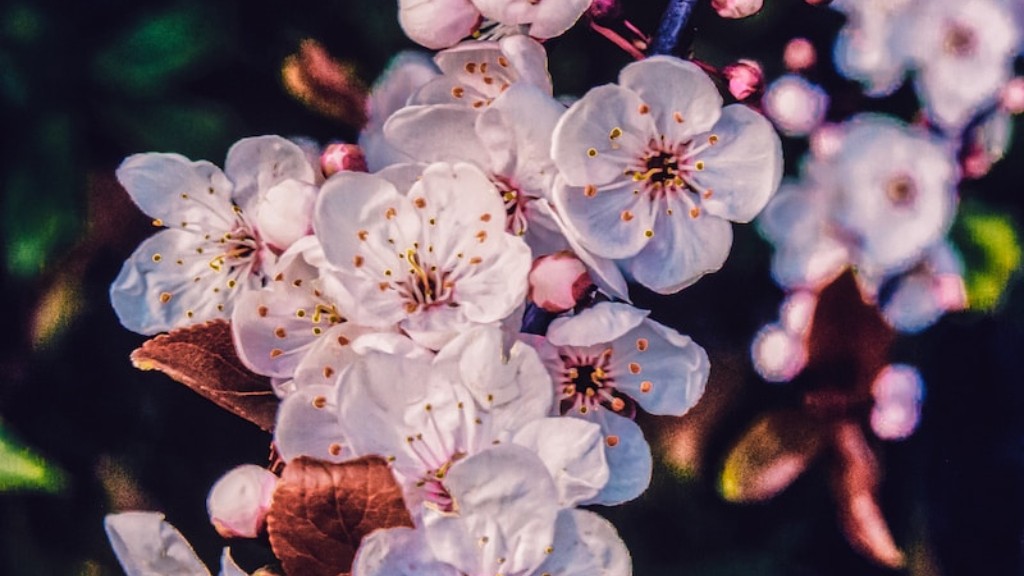Choose the Right Tree
The first step in how to buy an avocado tree is to choose the right one. This is important because it will influence the quality and production of your crop. While there are a variety of avocado trees available, it is important to choose the right variety for your climate and soil type. Depending on the type of tree you select, some grow better in dry climates while others do better in humid climates. Some varieties can tolerate cold temperatures, and others are more suited for warm climates. Before purchasing an avocado tree, be sure to research the different kinds to determine the best one for your environment.
Identifying a Quality Tree
Once you have chosen a variety, it is important to identify a quality tree. You can look for signs of a healthy, established tree like a solid trunk and a canopy of lush, green leaves. You should also check for evidence of pests or diseases, as these can indicate a weaker tree. If possible, identify some of the leaves to ensure they are of the variety you want. Also, take a look at the fruit that is on the tree. If the fruit looks healthy and is of the size and color you expect, then this is likely the tree for you.
Pre-Purchase Considerations
Before making a purchase, there are a few more things to consider. Experts suggest that you choose a tree that is between 3 and 6 feet tall. It is also important to inspect the roots and make sure they look healthy. If they are too long or misshapen, they can affect the tree’s potential for growth. Additionally, find out from the seller if the tree was grown from seed or if it was grafted or cloned from another tree. Lastly, ask about the tree’s care and make sure to get directions on how to properly care for it.
Purchasing an Avocado Tree
Now that you know what to look for, finding an avocado tree for sale should be relatively easy. If you have a local nursery in your area, this can be a great place to start. Most nurseries will be knowledgeable about the trees they sell and can help you make an educated decision. Additionally, you can order a tree online from reputable sellers such as Amazon or eBay. But, be sure to read reviews and customer feedback beforehand so you can buy with confidence.
Preparing the Site
Once you have purchased an avocado tree, the next step is to prepare the site for planting. This includes finding the right location and preparing the soil. Choose a sunny spot that receives at least 6-8 hours of direct sunlight each day. You should also make sure the soil is loose and well-draining. To achieve this, mix in some compost or other organic matter before planting.
Planting the Avocado Tree
You are now ready to plant your avocado tree. Dig a hole that is twice as wide and deep as the tree’s root ball. Place the tree into the hole and back-fill with soil. Make sure you firmly pack the soil down around the tree. Next, give the tree a deep watering and add a layer of mulch around its base.
Maintenance and Care
Once the avocado tree is planted, its maintenance and care are essential. You should water the tree regularly and deeply to ensure the soil stays moist. Additionally, you should prune away any dead or diseased branches and make sure to fertilize in the late winter or early spring. Lastly, you should check for signs of pests or disease and take steps to address these issues as soon as possible.
Protecting the Tree from Cold Temperatures
In some climates, it may be necessary to protect the tree from cold temperatures during the winter months. This can include adding a layer of mulch around the root zone or wrapping the trunk in burlap. You should also provide additional insulation, such as plastic sheeting, to keep the tree warm.
Harvesting the Fruit
When the avocado tree is mature and has a steady crop of fruit, you can begin harvesting. On average, an avocado tree will reach maturity in three to five years. To harvest the fruit, gently twist the avocado off the tree. Depending on your climate and the variety of tree, you should expect to begin harvesting in late summer or early autumn.
Providing Pest and Disease Control
To promote healthy growth, it is important to provide pest and disease control for your avocado tree. This includes using organic methods such as natural predators and cover crops. You can also use organic pesticides as needed to help control pests. Additionally, you should regularly check for signs of disease or damage, and take action quickly to prevent further spread.
Choosing the Right Fertilizer
When it comes to fertilizing the avocado tree, it is important to choose the right type of fertilizer. It should contain a balance of nitrogen, phosphorus, and potassium. These three nutrients are essential for healthy growth and fruit production. Apply the fertilizer in the late winter to early spring.
Gathering Soil Samples
To ensure the soil is in optimal condition for the avocado tree, it is important to take soil samples. This should be done in the early spring before the tree is planted. Take samples from several different spots around the tree, then send them to a lab for testing. Once the report is returned, use the results to adjust the fertilizer and amendments needed to ensure the soil is providing the best conditions for growth.
Watering the Tree
Once the avocado tree is planted, it is important to keep an eye on the moisture level of the soil. It is recommended to water the tree twice a week, but this may vary depending on the climate and season. Make sure the soil is wet but not waterlogged.
Mulching Around the Tree
The addition of a layer of mulch around the base of the avocado tree is beneficial for several reasons. It can help the soil retain moisture, moderate the soil temperature, and protect the roots from cold temperatures. Make sure the mulch is spread 2-4 inches deep and is free of any weeds, grasses, and other debris.
Providing Support for the Tree
As the avocado tree grows, it is important to provide it with some type of support, such as stakes. This will help support the trunk as the tree grows bigger and heavier, preventing it from toppling over. Additionally, you should tie the tree to the stake to ensure it is securely held in place.

